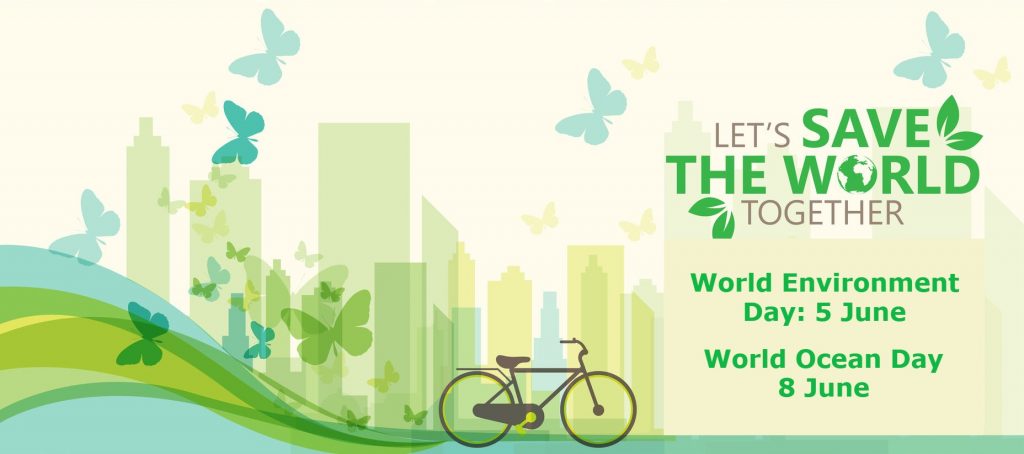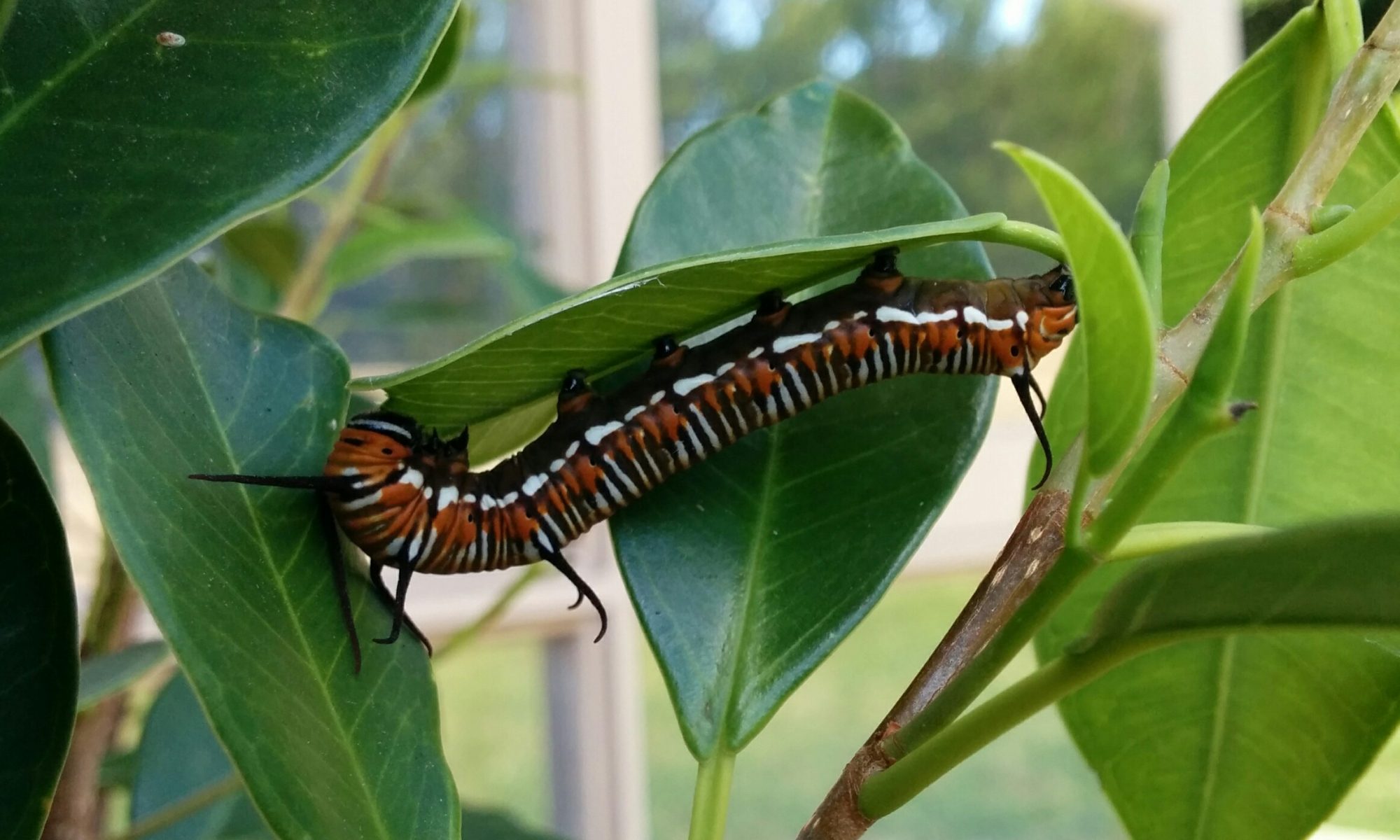It is time to celebrate our marine and terrestrial environments with World Environment Day on June 5 and World Environment Day on June 8. The World Environment Day theme for 2021 is Ecosystem Restoration. The World Oceans Day theme for 2021 is Ocean: Life and Livelihoods.

Virtual Excursions
World Environment Day: Friday 4 June at 10am and 2pm
What’s in your Backyard: discover some of the amazing animals that live in your backyard this World Environment Day. Explores the diversity of animals that lives in your local area by looking for the clues that are left behind. Students will look at local animals and find out what they can do to protect them.
World Oceans Day: Tuesday 8 June at 10am and 2pm
My Journey Beneath the Waves: Diving Sydney’s Rocky Reefs takes you and your students on an exploration of the marine environment. The temperate waters around Sydney are home to a variety of habitats including kelp beds and sponge gardens. These are wonderful place to dive and discover the diversity of animals that live there.
Free Education resources
Help restore your local ecosystem this World Environment day with these great activities. Creating a Wildlife Habitat is a 5 part program that can help you plan and plant a wildlife habitat at your school, home or local area.
Focus on Frogs
In urban areas, human development has reduced the natural habitat available to frogs. The Focus on Frogs workshop provides information and skills that will enable you to discover what frogs live in your backyard or local area.
Minibeasts in your Garden
Minibeasts in your Garden explores the diverse world of minibeasts. Discover why minibeasts are important and learn how find them in your garden or local park. The program will help you to identify common groups of backyard minibeasts and provides information and skills to conduct your own minibeasts investigation.
Noises in the Night
You don’t see many of the animals that live in your local area because they are nocturnal. Often it is the Noises in the Night that give us a clue to the nocturnal species that are living in our local area.
Marine Environments
The Marine Environments is divided up into three main ecosystems; Oceans, Coral Reefs and Estuaries. Our oceans make up 71% of the earth’s surface and they contain the greatest diversity of life on Earth.
The Deep Sea
The deep sea starts where the sunlight starts to fade, around 200m below the surface of the ocean. A twilight zone extends down to 1,000m, after which almost no light penetrates.

